The right frequency for the best, safe range
Uncategorized @gb • Posted on April 26, 2022 at 7:37 am
Anyone who works with transmitters and receivers will sooner or later have to deal with the concept of ‘frequencies’. What exactly are frequencies, how are they applied, which frequency should you choose in which situation and how do we ensure secure communication?
What is frequency?
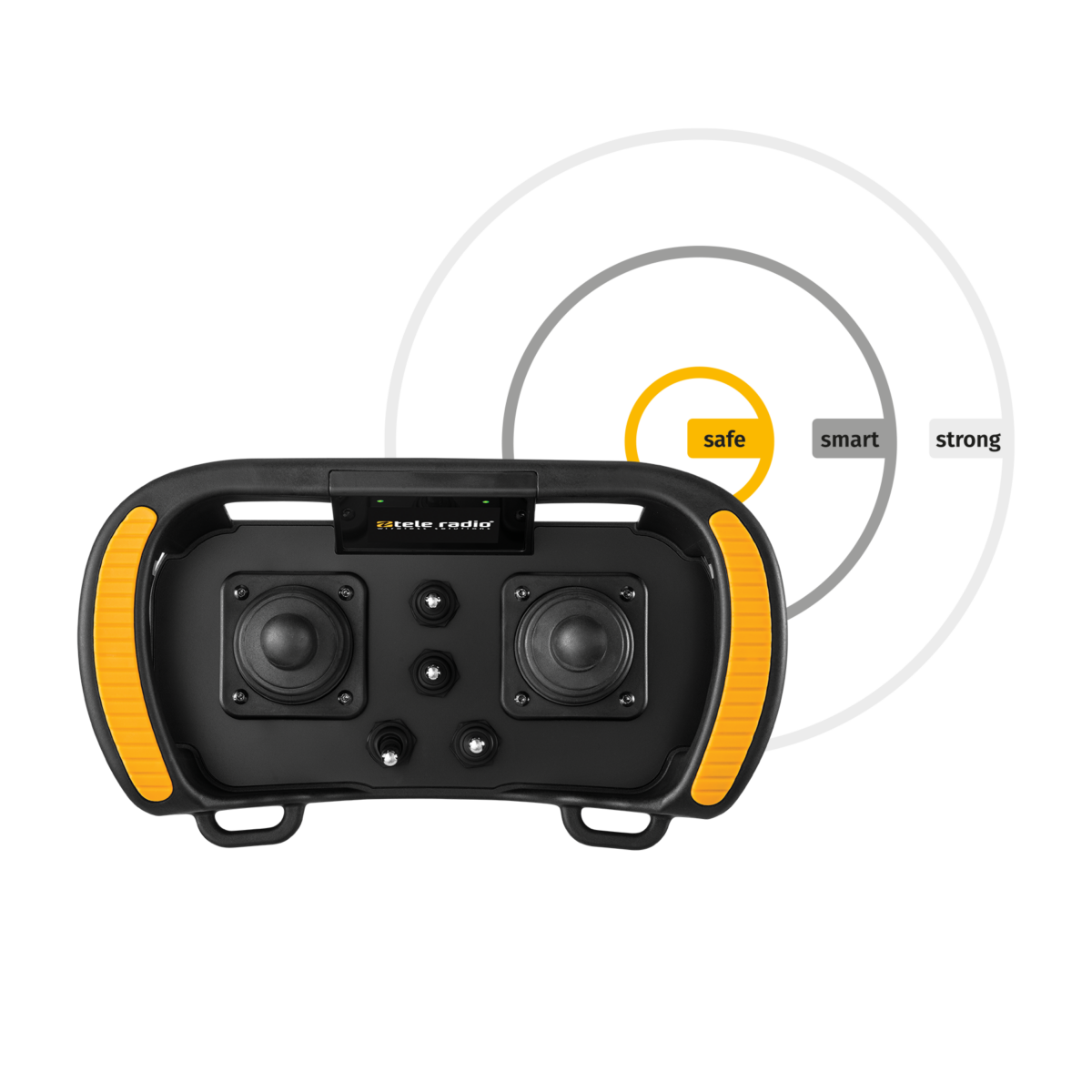
Equipment communicates wirelessly with each other via sound waves. This technique is used on land, at sea and in the air. These sound waves are actually air vibrations and the number of vibrations per second is indicated by: ‘frequency.’ A frequency of 433 MHz therefore means 433 million vibrations per second. Tele Radio also uses frequencies for its industrial radio controls.
Which frequency should I choose?
At Tele Radio you can choose from different frequencies for the combination of transmitter and receiver. We have systems that operate at 433, 869 or 915MHz and at 2.4GHz. But which choice is best for you?
When choosing the channel and the frequency, there are three things to keep in mind. The first is the question of which frequencies are legally allowed in the region where you will be using the transmitter. Because some frequencies may only be used for certain applications: military, aviation and the like. The second question to which we want an answer: is there (too) much hindrance from other wireless connections? And the third question is, are there any obstacles or reflections from steel frames, walls and so on that could disrupt or even hinder the wireless connection?
1. Which frequencies to use?
Frequencies vary by region. For example, in Europe 433 or 869MHz are widely used while in American countries 433 or 915MHz are in vogue. When a manufacturer supplies machines worldwide, the more general frequency of 2.4 GHz can be more convenient, because it can be used anywhere (but also less safe and more susceptible to interference).
The general rule is that high frequencies (treble) with their short waveform travel a shorter distance and will therefore bounce off a wall fairly quickly, while low frequencies (bass) with their longer waveform travel a greater distance and therefore more easily through a wall. or obstacle will penetrate.
2. The best possible signal
Tele Radio’s systems contain various technologies to get the best signal. In addition, it is important that other wireless connections are not on the same signal. The technology has been developed and secured for this.
3. Avoiding or bypassing obstacles
Obstacles can always cause the loss of a connection. This is not only annoying, but can also be dangerous and can be overcome with aids such as signal amplifiers, directional antennas and the like. Tele Radio has a wide range of such tools to achieve the best results for your specific situation.
Safe communication
Secure communication means that it must always be prevented that the receiver of your machine or device can be controlled with an unauthorized transmitter.
All Tele Radio systems are safe to use in that regard. Even in the simplest system, every transmitter is equipped with a unique key, which is sent from our own software over the frequency used. Because of this unique key, a certain frequency and our own software, infringement is impossible. Furthermore, with the aid of a pin code to be entered by the user, it is possible to prevent an unauthorized person from operating the transmitter.
This is of great importance for (heavy) hoisting and lifting applications, industrial applications such as conveyor belts and rubble crushers, but just as much for controlling gates, doors and for excavators, dredgers and various vehicles, from recovery vehicles to concrete mixers.
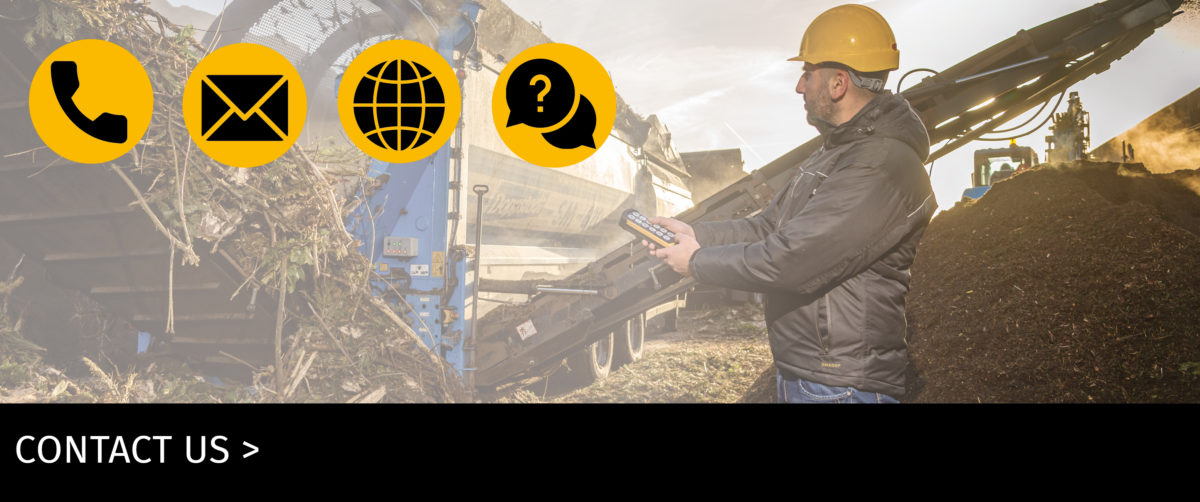



















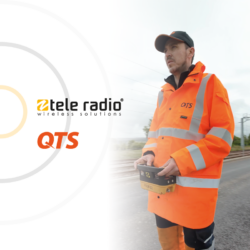
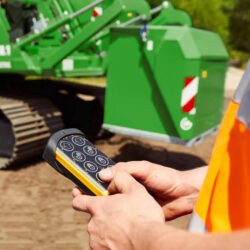
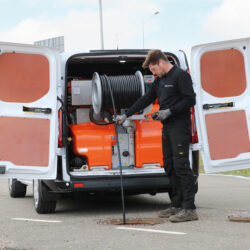
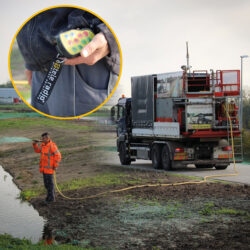
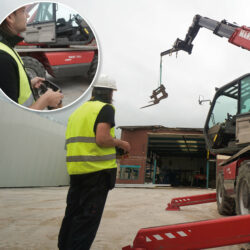
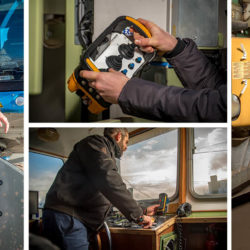
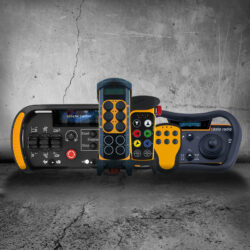
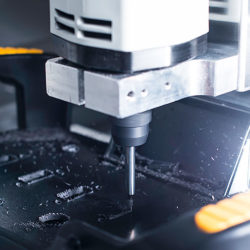


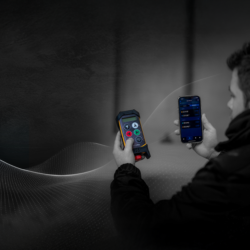

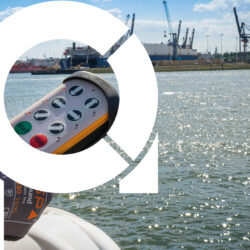


 Tele Radio supports the world wide preservation of the Tiger with WWF.
Tele Radio supports the world wide preservation of the Tiger with WWF.